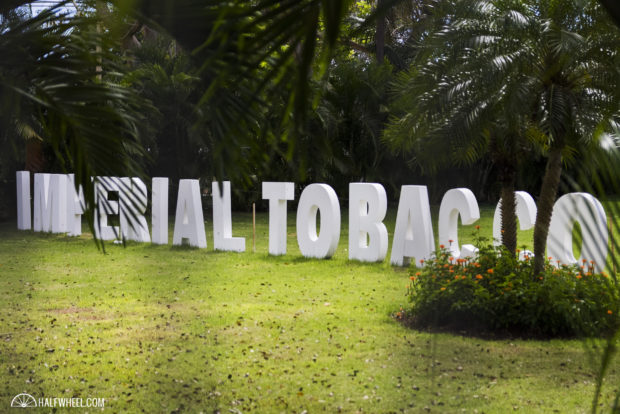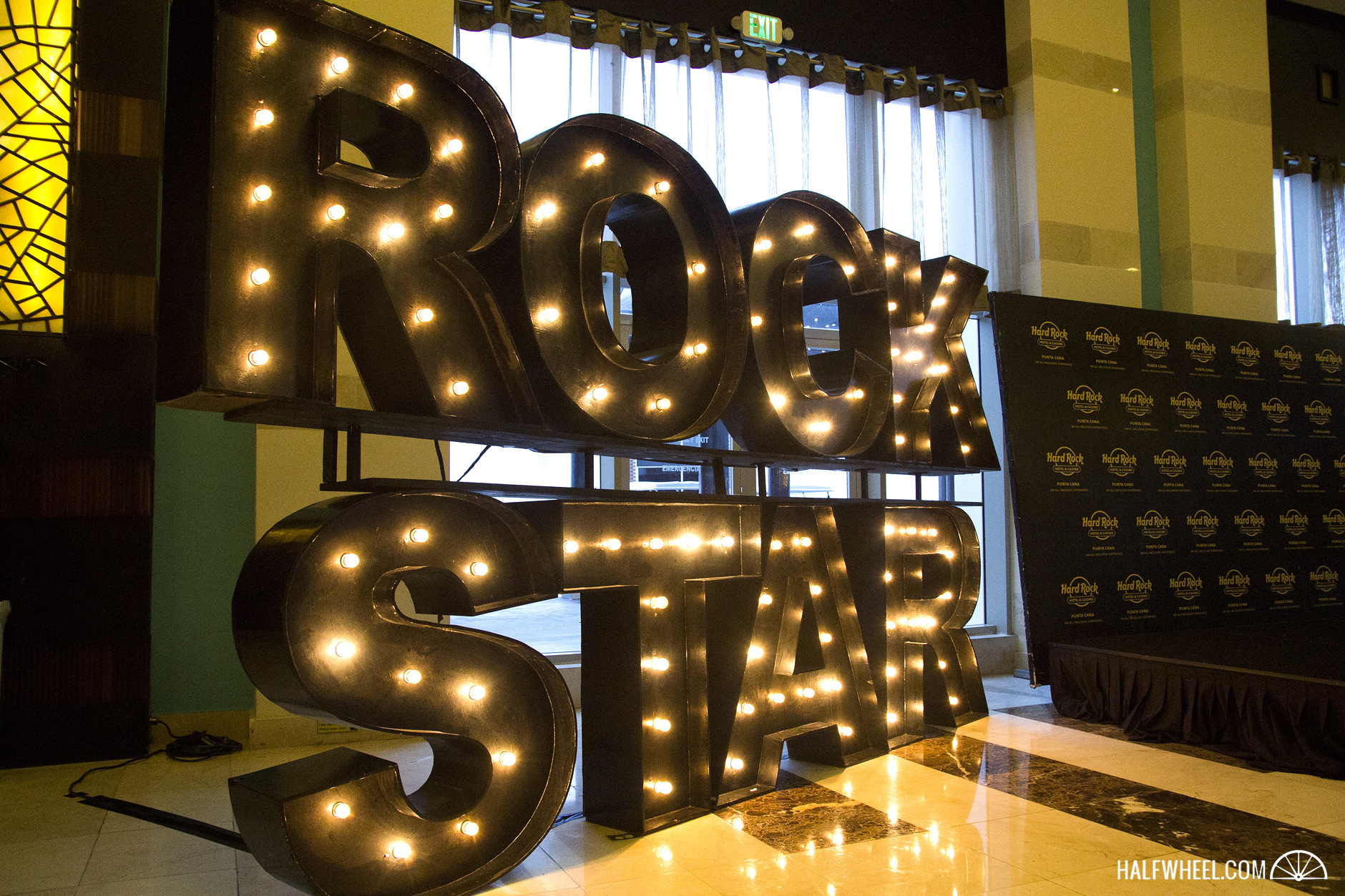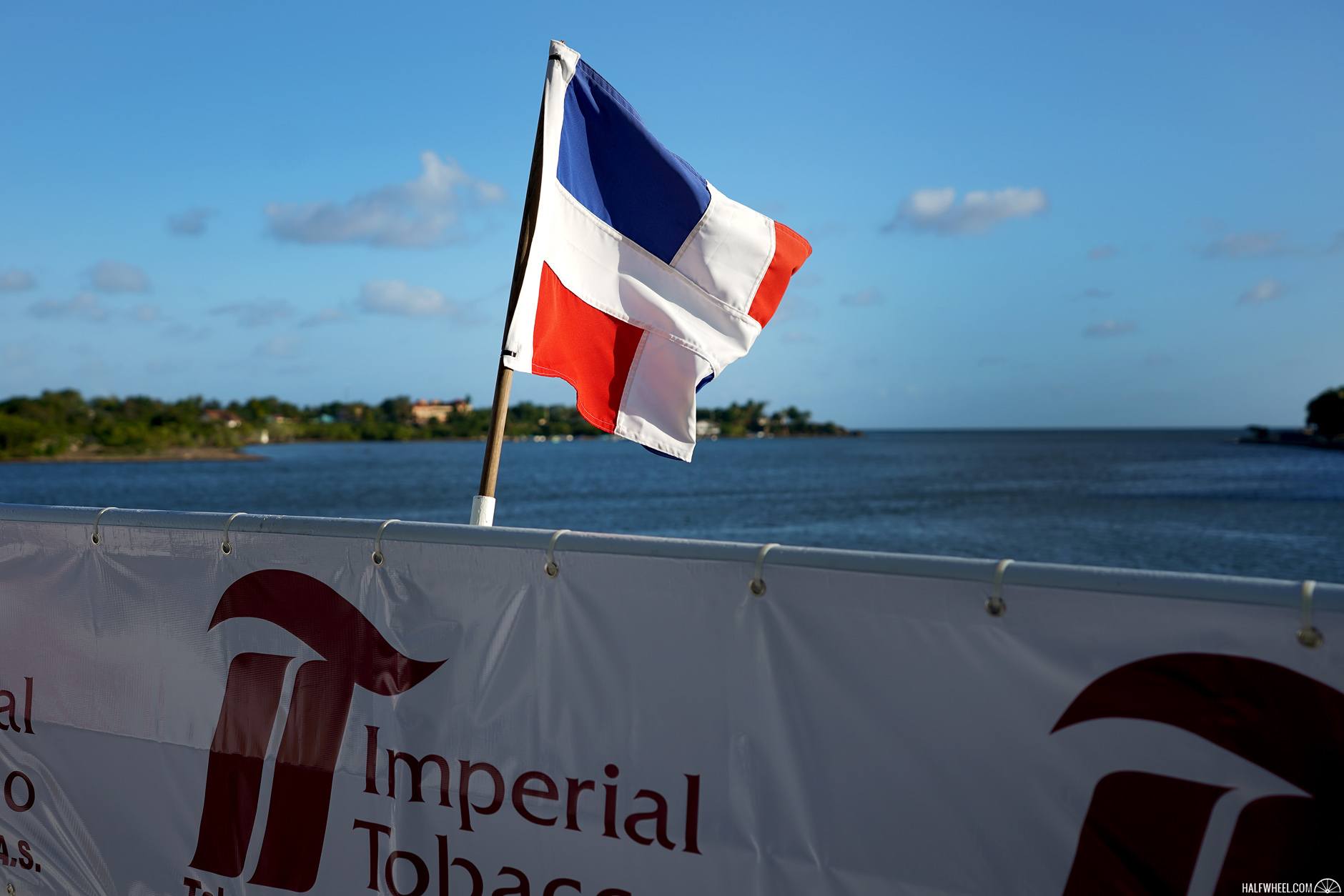Like most days during the Procigar Festival, Tuesday’s wake up call came all too early as a couple of us closed out Monday night under cover of a tent while enjoying rum, beer, cigars and conversation about all sorts of things. The group checked out of the Hard Rock Hotel & Casino Punta Cana and made our way just over 50 miles southwest to La Romana to Imperial Tobacco’s Tabacalera de García, the largest premium cigar factory in the world.
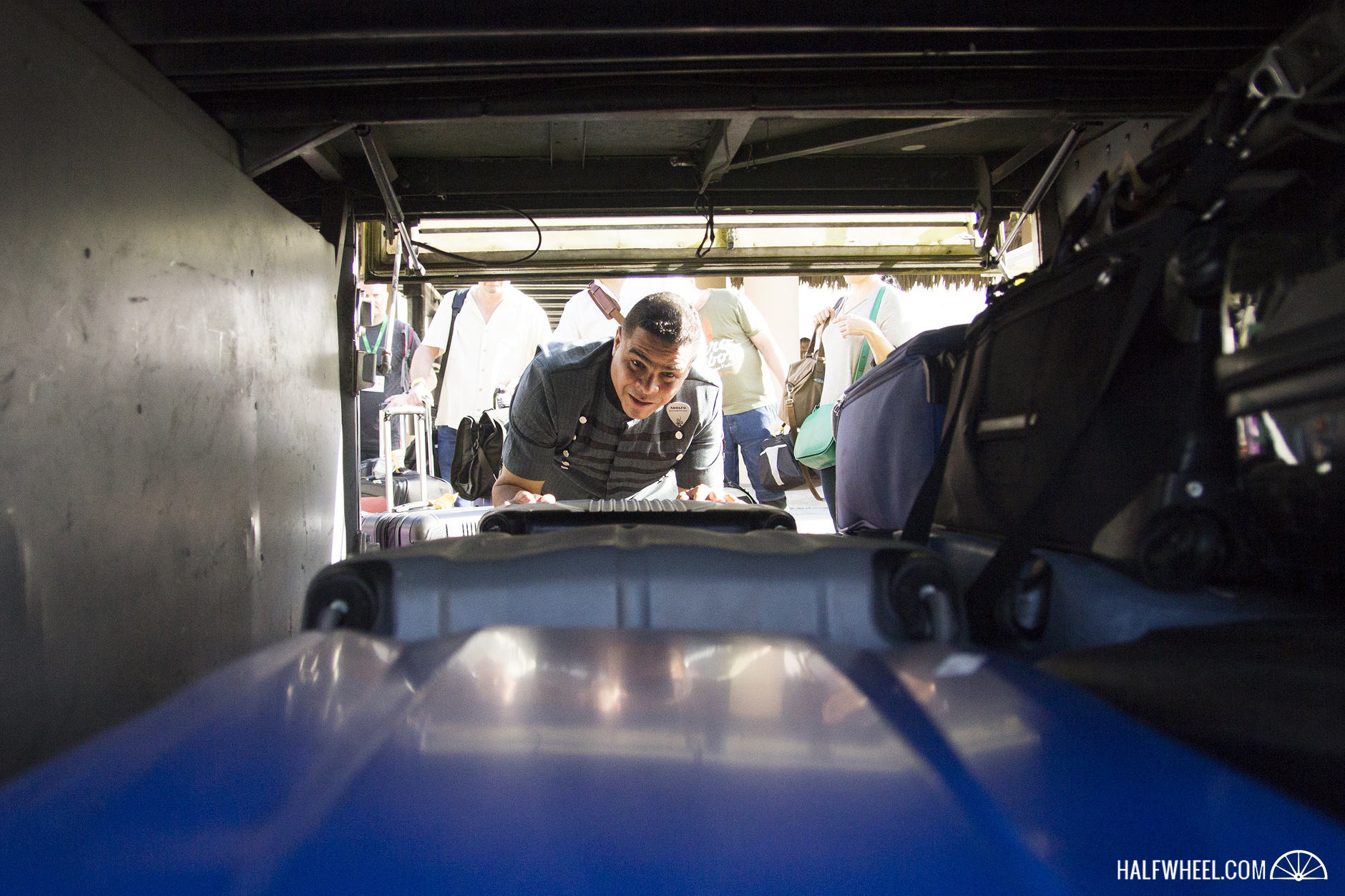
If you’ve read our coverage of Procigar in recent years, you’ll notice that Tabacalera de García is a regular part of the festival as we elect to take part in the entire week’s worth of events, which means we start either in La Romana or Punta Cana and make our first stop at the factory, which is located in the former. Because of its size, location and operation, it’s a bit of an outlier in the cigar industry, even though the end result is still premium cigars. As Charlie Minato mentioned yesterday, Tabacalera de Garcia is the reason Procigar kicks off on this side of the island.
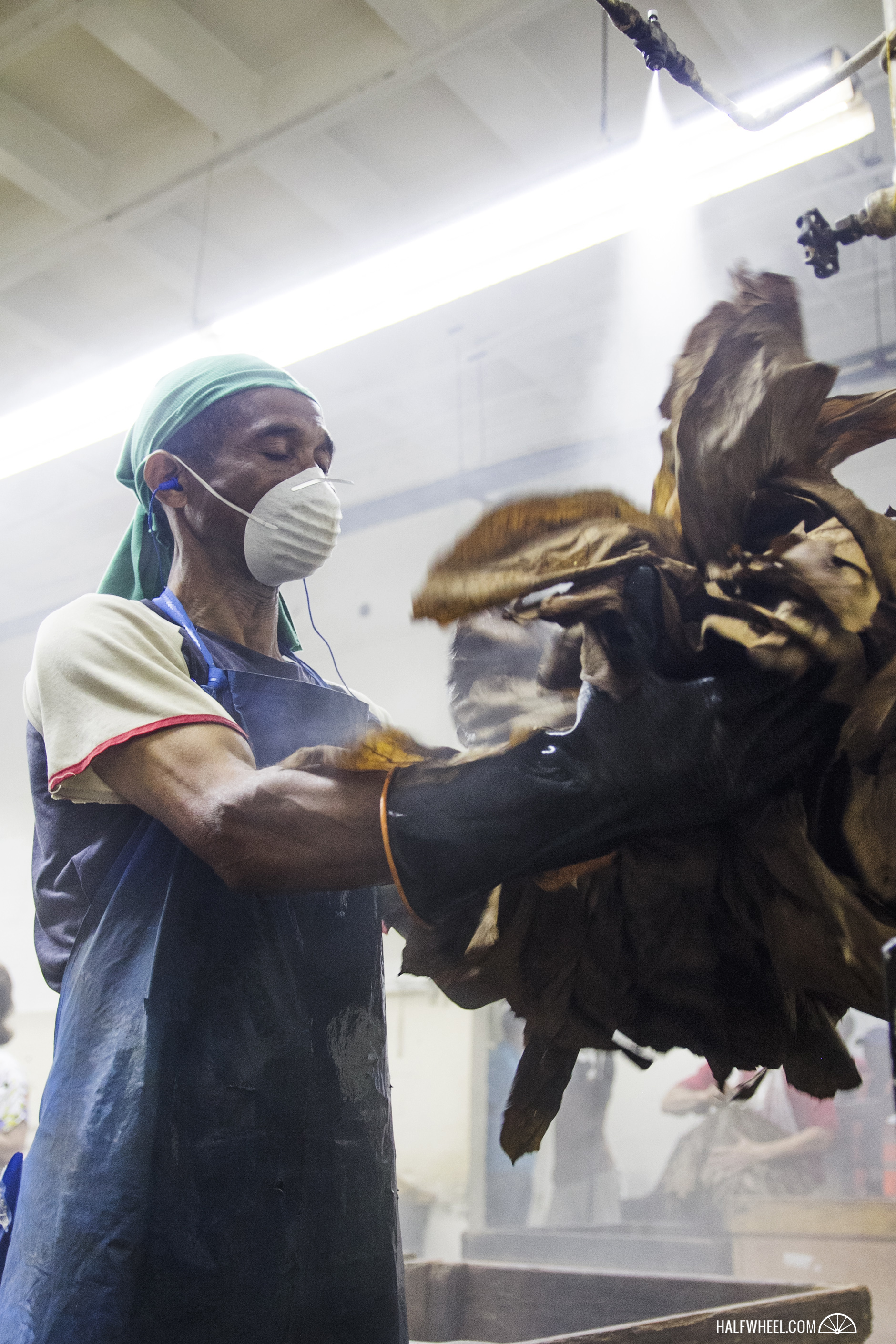

The factory dates back to around 1971, and as we’ve mentioned, has grown to become the largst premium cigar factory in the world, producing north of 120,000 cigars per day, with plans to up that production to around 160,000 cigars by way of hiring more bunchers, rollers and other staff. Currently there are around 5,000 people working in the factory in all matters of jobs.
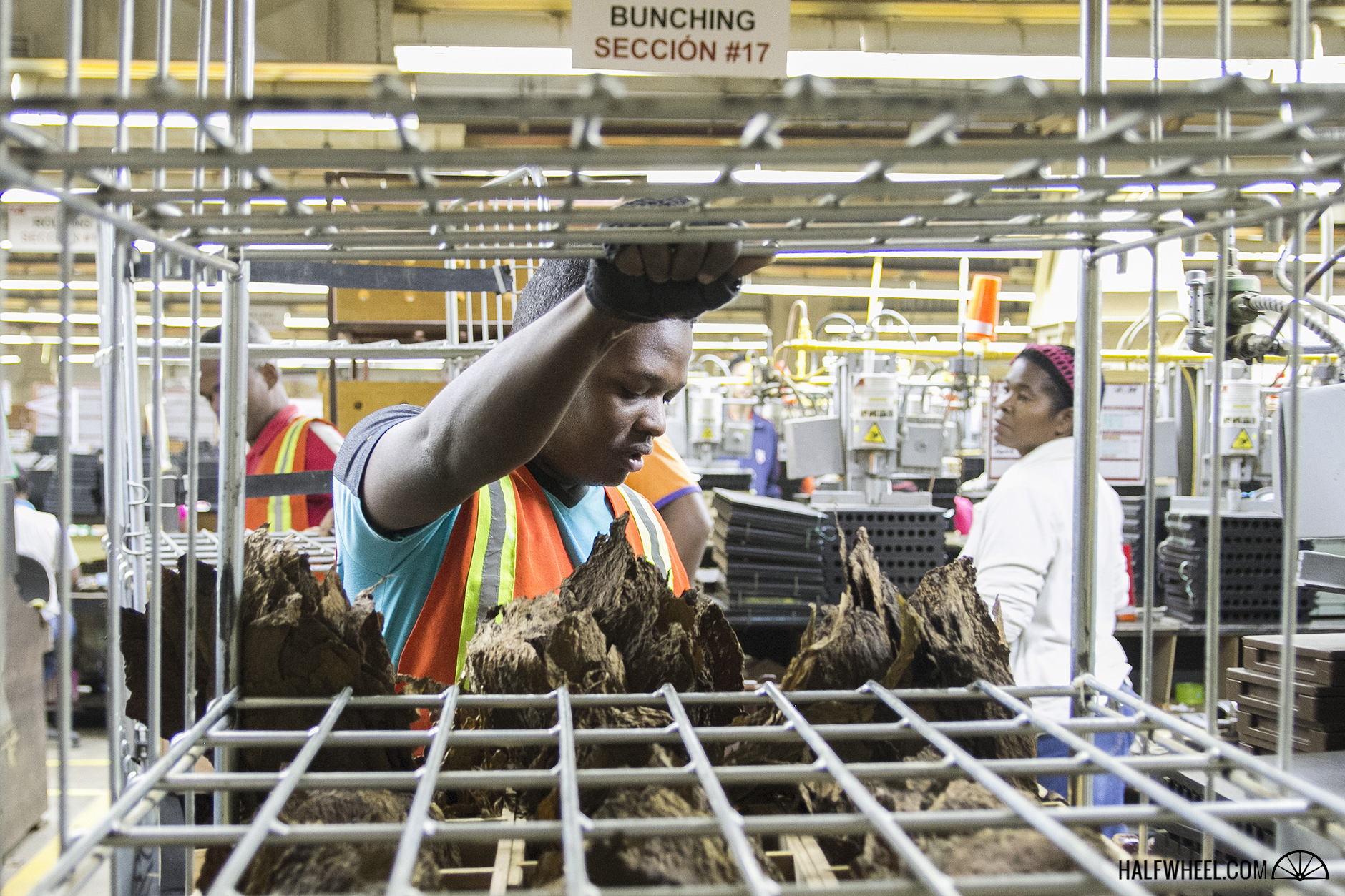
Even in such a big facility, innovation is readily visible and having had the opportunity to visit three times in the past three years, it seems like something is always being updated or improved. Case in point, the company replaced the traditional fluorescent lights with LED bulbs, which figures to decrease costs both in terms of operation and replacement.
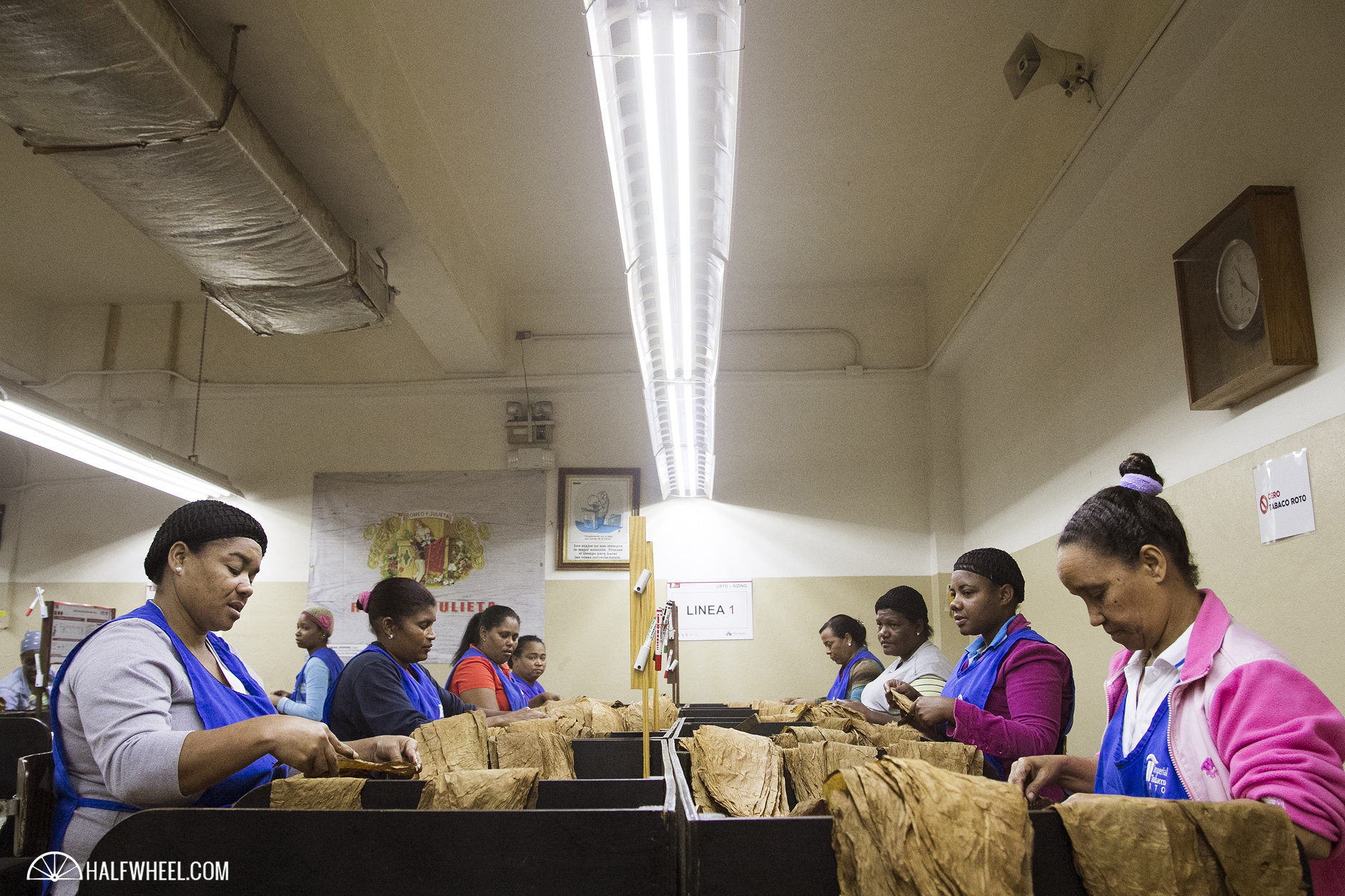
More perfomance metrics boards have been added throughout the factory, from the machines that are used to strip tobacco in preparation to be used as wrappers and binders, to boards that show the production of certain groups.
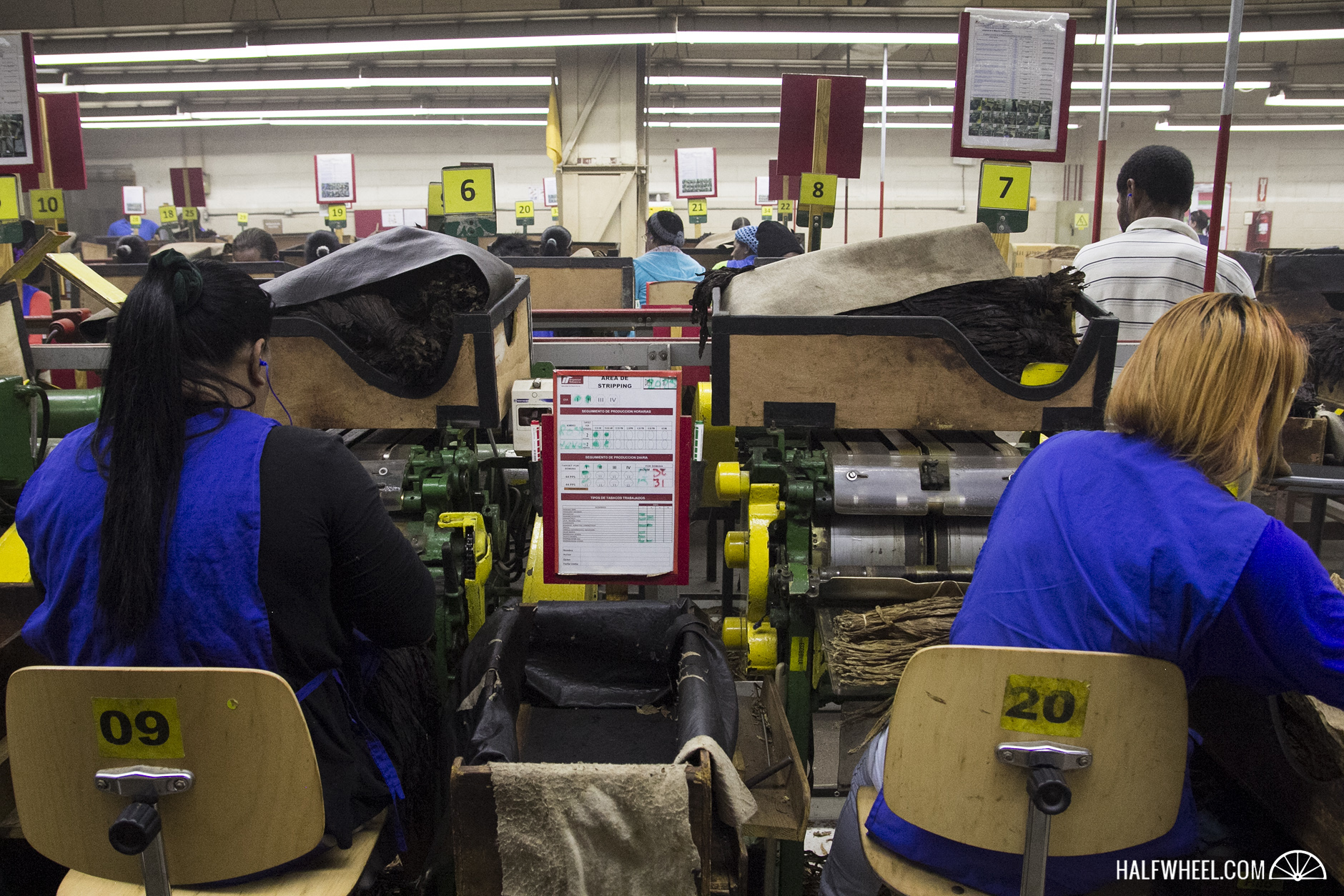
If challenged, it wouldn’t be hard to write a fairly lengthy story about just the metrics, charts and signs that are all over Tabacalera de García; it’s as integrated a part of the culture as the signs and posters of the brands that are being produced. Daily and weekly goals are made public to both individuals and groups, all with the intent of keeping workers focused on making sure that they are contributing to the company’s goals.
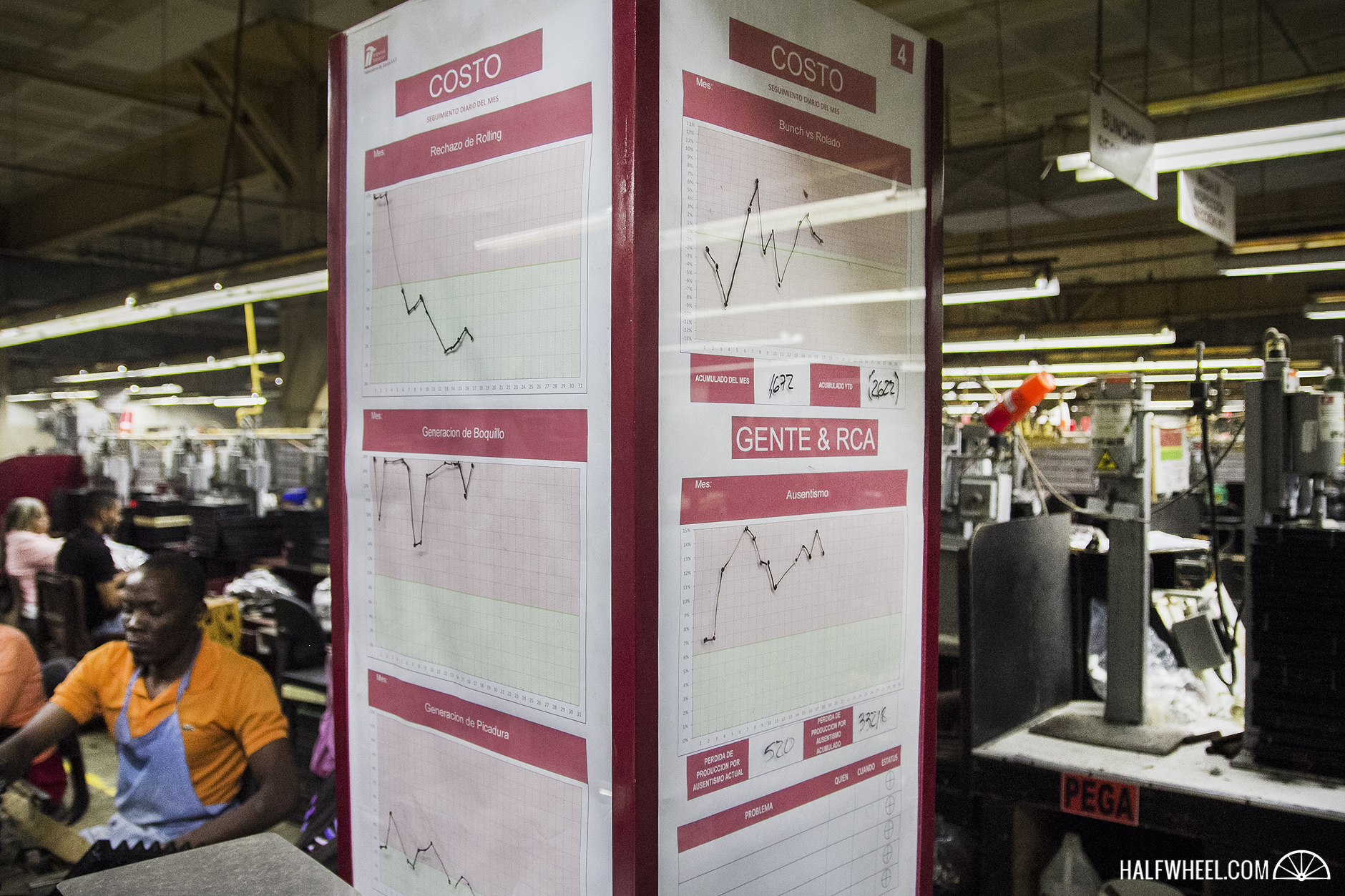
I have to give credit where it is due, and regardless of your thoughts about the cigars, Tabacalera de Garcia is constantly innovating, adapting and improving, going so far as to tell the group that if they se something that doesn’t look right or they think could be improved, to speak up and say something.
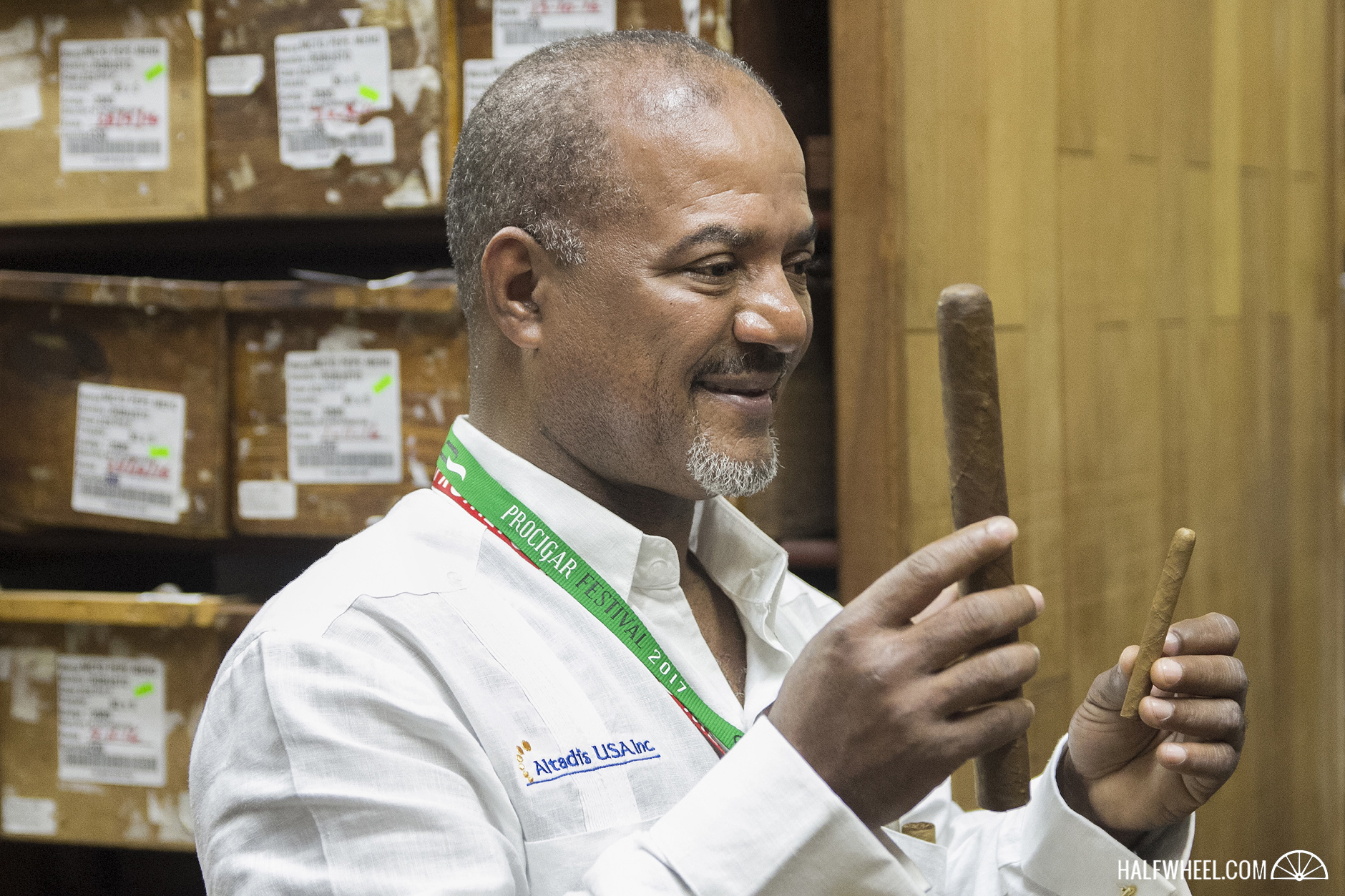
The group of about 50 or so attendees were divided up into five groups, each accompanied by one of the Grupo de Maestros throughout the factory. Charlie and I were escorted by Candido Rosario, who oversees the factory’s rolling and bunching operations and has been in the factory for more than 22 years.


We’ve covered much of the flow of tobacco at Tabacalera de García before, so I won’t repeat that, other than to say that the start of the process involves tobacco coming into Tabacalera de García after a minimum of two years of fermentation at one of the company’s tobacco processing facilities. Once it enters the factory, it gets processed to be put into bales for aging and eventual use in one of the company’s many brands of cigars, which leave the factory in a fairly sizable cardboard box for distribution to retailers.

To go back to the theme of innovating and improving, the factory has created a pilot area where a new layout for the bunchers and rollers is being tested. Most notably, the presses for the molds have been removed from the rolling tables in an effort to further reduce the risk of injury and breakout a specific task in the cigar making process. Additionally, the rolling tables themselves have been reworked a bit, getting the same yellow tape treatment as is seen on the floors, with specific spaces for tools to be placed in and even cutouts for cups to hold waste.

The scale of Tabacalera de García certainly didn’t get lost either on those of us who have been there previously or the first-time visitors, most notably the cedar room that holds some 4 1/2 million cigars as they take a rest on their way from the rolling tables to packaging.
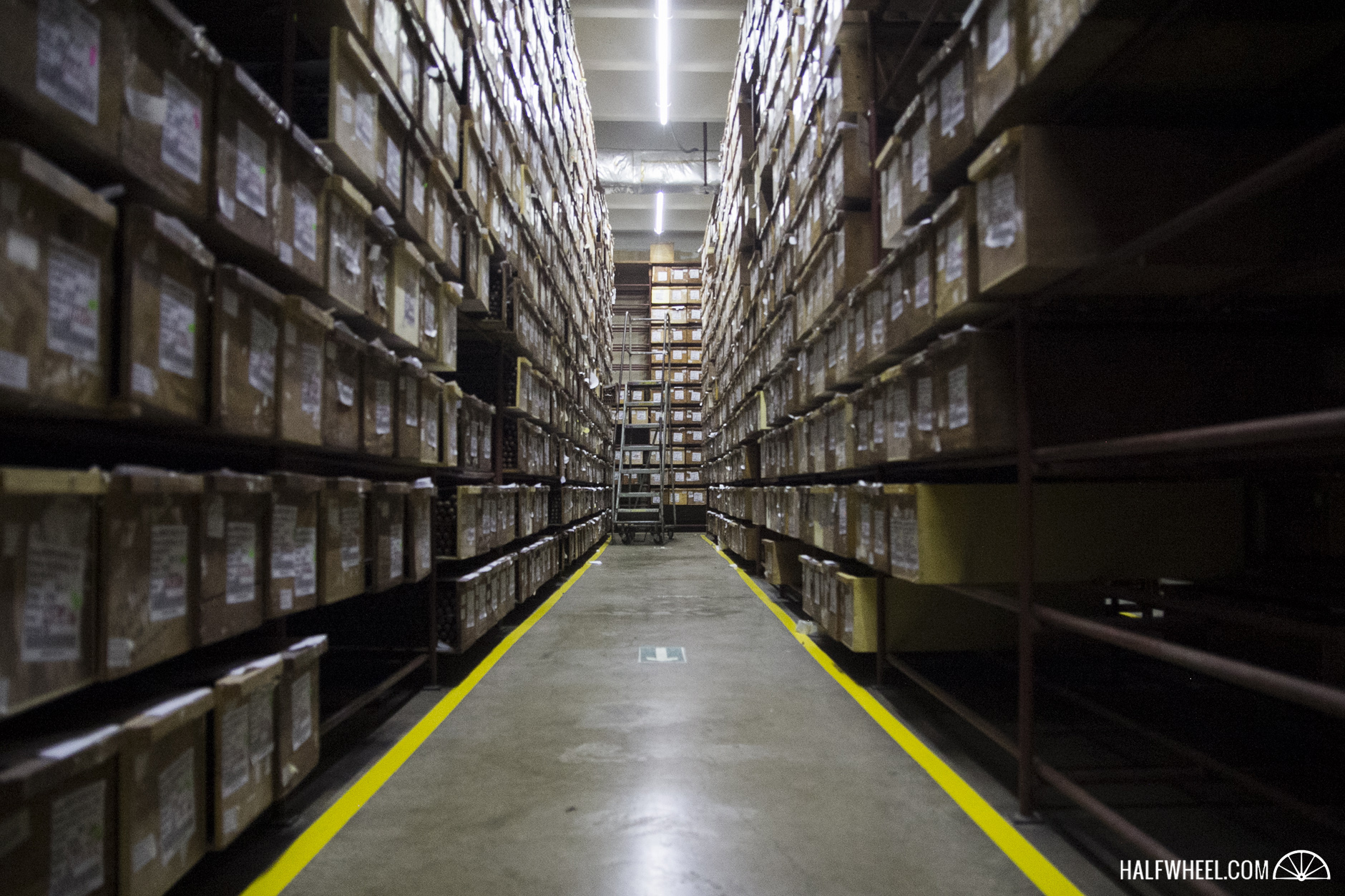
After the tour of the factory, the group got back on the bus for a short drive to Casa de Campo and The Beach Club restaurant, which as you might guess sits on the shores of the Caribbean Sea. The buffet lunch was accompanied by the Montecristo Pilotico Pepe Mendez and Montecristo Private Batch II, both of which are produced at Tabacalera de García.
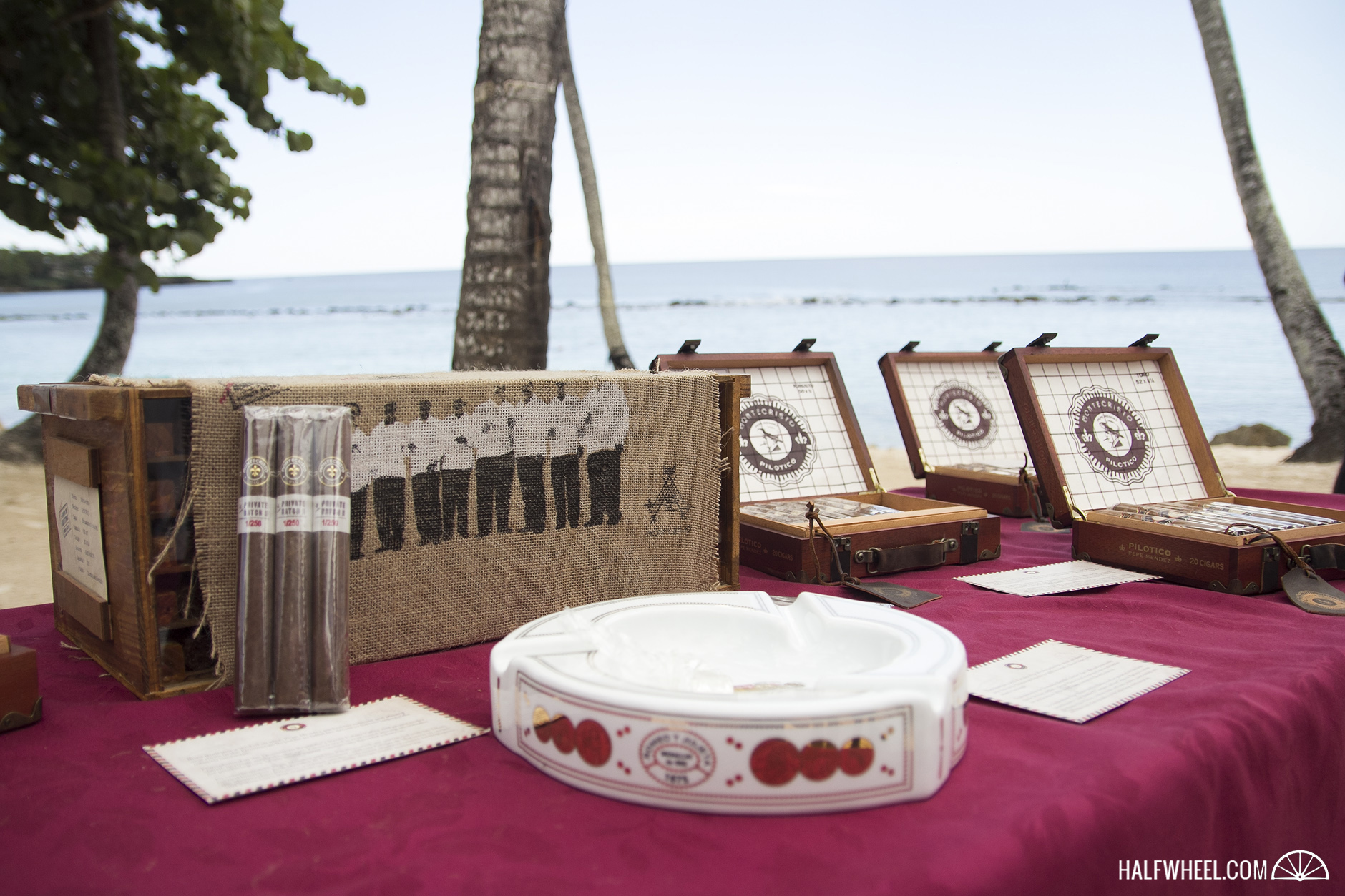
Once lunch concluded, it was back on the bus for a journey of just over 170 miles to Santiago de los Caballeros, which takes over as the host city of the remainder of the festival. It takes about four hours to make the trek, and includes a stop at Miguelina, a bakery and quasi-rest stop to get some refreshments as well as to stretch before the final hour or so of the journey. It’s a favorite stop of mine, not just for the pastries but also because they generally have Bucanero and Cristal beer in stock, both of which are made in Cuba and are rare finds off that island. Sadly, they were once again out of both, the second year in a row, but the Presidente fridge was well stocked.

As night began to fall our bus pulled into Santiago and began dropping off attendees at the various hotels to get freshened up for the welcome cocktail event at the Hodelpa Gran Almirante, where we were welcomed by the band you can hear below. It’s the first get-together of the entire group and includes numerous people from the cigar industry, functioning as a mini-reunion for many people who don’t get to see each other that often as well as a first time for attendees to meet the people behind their favorite cigars.
The night wrapped up with several folks heading out to continue the conversations over dinner and drinks while others called it a night to rest up for the first day of visits in Santiago. Charlie will be heading to Tabacalera Palma while I will be visiting one of Tabacalera de García’s farms and processing facilities.
Be sure to follow Charlie and myself on Instagram for updates throughout the day and look for a recap on Thursday.

